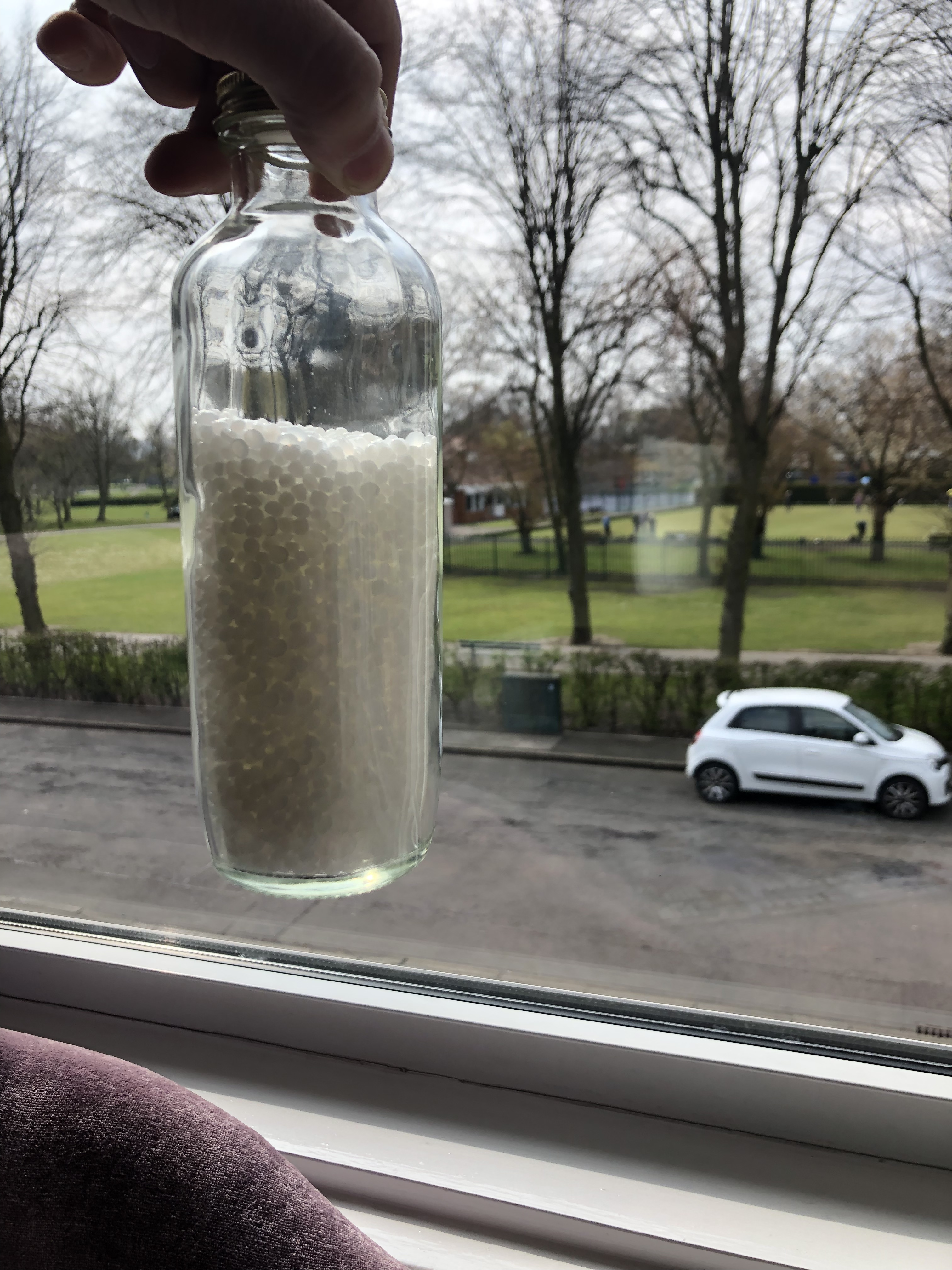A nurdle is a small plastic pellet about the size of a coffee granule. Billions upon billions are produced every year. They are the raw material which goes in to making our plastic products. Due to spills and mishandling in Industry, many do not make it into our plastic products and end up in the sea or on our beaches.
There is an increasing concern among scientists about the effect that nurdles play on our already fragile ecosystem – particularly in the sea. What separates other pieces of plastic marine litter (for example water bottles) is that a nurdle is so small that you would barely notice it. A common theme with all plastics is that over time they do not disintegrate, they break into smaller and smaller plastic particles but are always present in our environment.
What’s damaging about nurdles (and all marine plastic) is that because they are in our oceans, they are mistaken for something to eat by marine animals such as fish and sea birds which is harmful to them as they are unable to digest the nurdles and therefore chokes up their digestive system.

Unlike other pieces of plastic which can be fished out the sea using nets and bags, there is no practical way of removing nurdles. The quantity of nurdles in our oceans and on our beaches is at an unmeasurable level. At best they wash up on our shores and can be picked up by man.
As previously stated, they are in the sea through mishandling or spills in Industry, this could be through lack of procedures/adherence at the producers/user’s sites or falling on the roads from the trucks entering/leaving the factories. Prevention is always better than cure and industry is now on board with preventing pellet loss to the environment. The diagram below depicts the potential journey of an escaped pellet:


